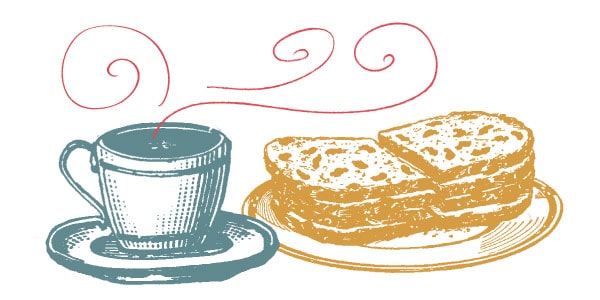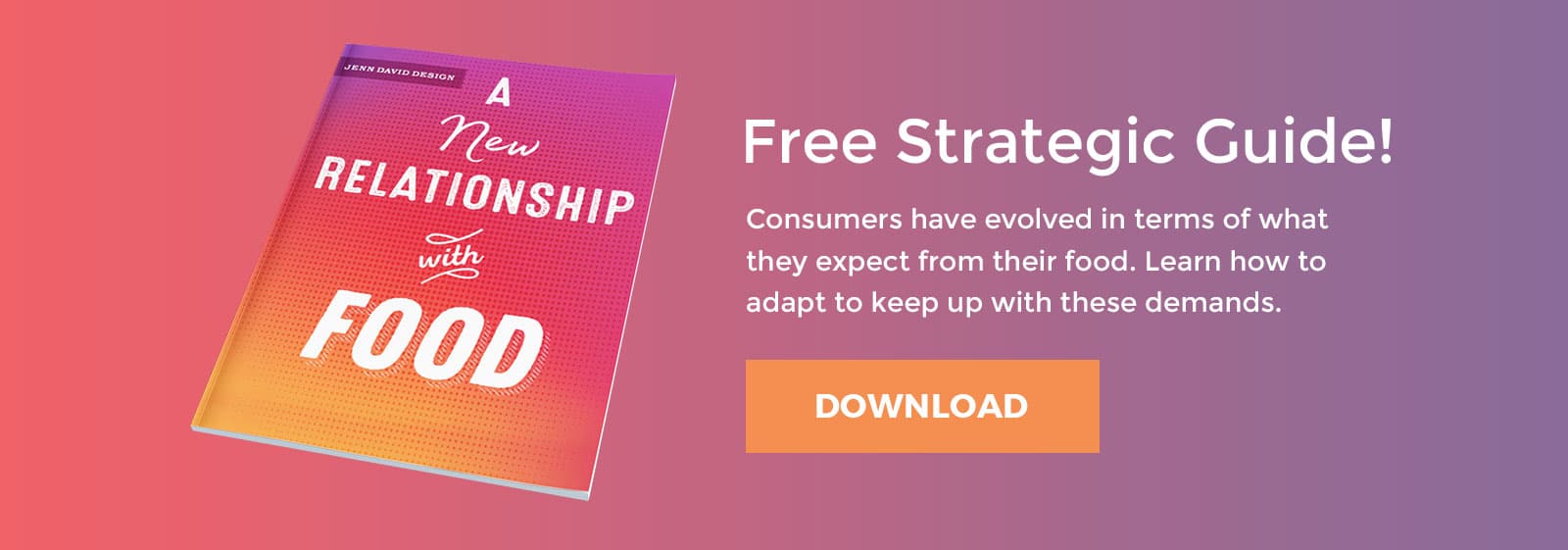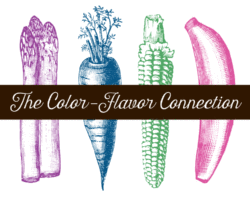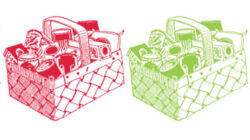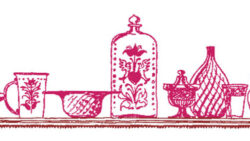In our last blog post, we discussed colors that influence food sales and touched on the potentially strong connection between color and food. Here we’ll expand upon that and go into detail on the powerful emotional connection to food and how you can make it work to your advantage for your gourmet food brand.
But first, let’s ponder food for a moment. Food is necessary to life and provides us with energy. The quality of what we put into our bodies directly affects our well-being and health. We have strong memories of food stemming as far back as from childhood, and taste and smells can evoke these memories.
In packaging, you often can’t smell the food contained within, but the right visuals and messaging can trigger the connection to taste and evoke memories and feelings. You can also evoke a certain type of lifestyle or well-being with food—fit and healthy, rich and indulgent or strong and robust, as a few examples.
When you get clear on your brand message, your target audience and your product’s positioning in the marketplace, you can strategically pinpoint specific feelings and reactions to evoke in your product’s branding. So how exactly do you leverage the emotional connection to food in your retail packaging?
1. Set the right mood.
The overall look and feel of the packaging—colors, typography, imagery, container—all come together to create a certain mood. You need to set the right tone as this is what will draw people in, and it needs to take into account your competitors and the product’s context on the retail shelf. The consumer should get a feeling just by looking at the package regardless of reading any words, as if they didn’t understand the language. All the elements other than the message must be strong enough to create a mood that draws the eye in.
2. Use imagery to reinforce taste.
If your product is cherry pie filling, put cherries on the package. It seems obvious, but that’s the point. Remember, the consumer should be able to understand on a basic level what the product is without reading words, and your product only has a 2–3 second window on the retail shelf. The more you make the brain work (by having to read in order to understand) the less likely the consumer is to buy. The harder they have to work, the sooner they will give up. Make it easy, but also make it interesting and unique. If everyone else is putting cherries on their package, consider doing yours in a way that is different, or make sure your product’s overall packaging is strikingly stronger than its competitors.
3. Show the product.
Tantalize the senses by showing the actual product through the package somewhere. If your packaging consists of a label on a container, make sure you leave enough room around the label to see the product well. If it’s a printed pouch or box, be sure to leave a window whenever possible to reveal the product. A photo of the product doesn’t compare (reference our blog post on that topic here) and is more commonly used for a commercial product than specialty and gourmet food. Revealing the actual product conveys its culinary craftsmanship, quality, texture, flavor, color—and it teases, in a good way, by making the consumer want to eat the product. People like to see the product before they buy, and this is especially true regarding food.
4. Tell a story.
Your passion, your history, your purpose for selling this product is what will enrapt them. You could tell a story visually with the right mood, touch on it briefly with a few words (and direct the consumer to your website for more), or—if it makes sense and you have the room—tell the full story on the package, but briefly and succinctly. But here is also where you evoke flavors—made the old-fashioned way, made with exceptional, all-natural ingredients, made with the finest hand-selected, vine-ripened tomatoes… Tell not only your brand story but also the story of your product and how it’s made. Use juicy, visual descriptions that make the mouth water and convince the sale.
Of course, all these elements need to come together in a strategic way to create a successful package. Keep the emotional connection in the forefront and let that lead the way. Also see our three-part series on Keys to Effective Packaging Design for more strategic tips.

